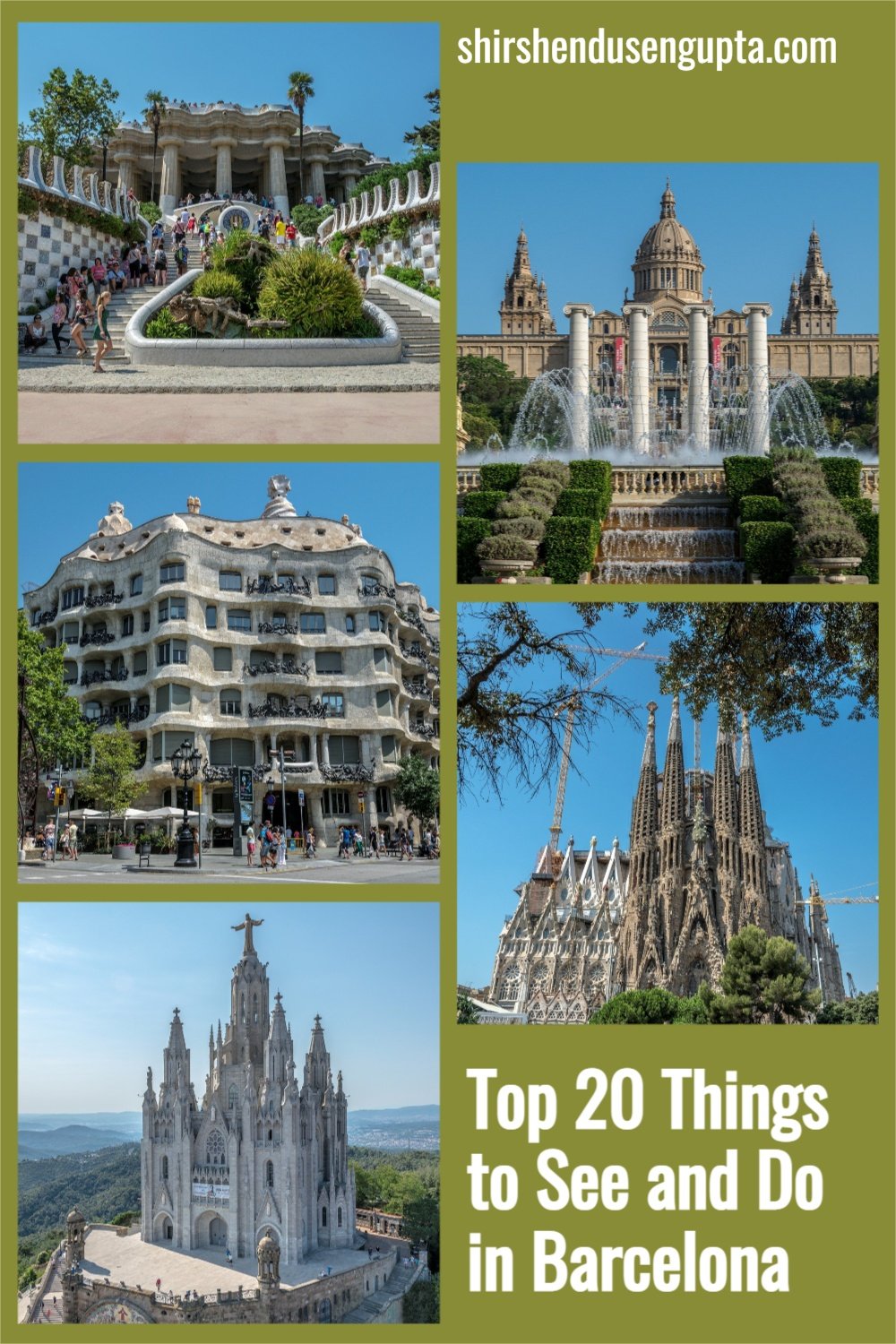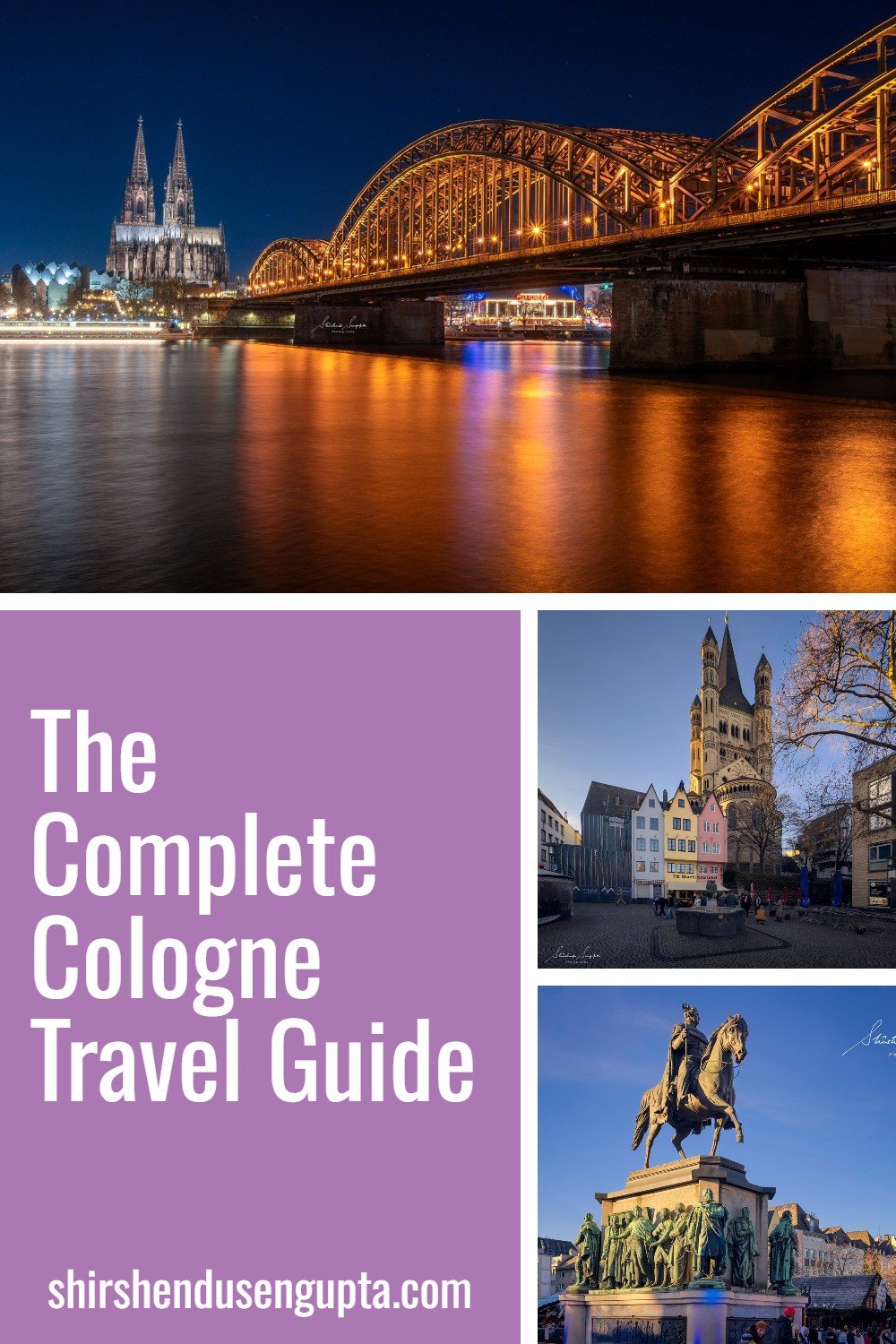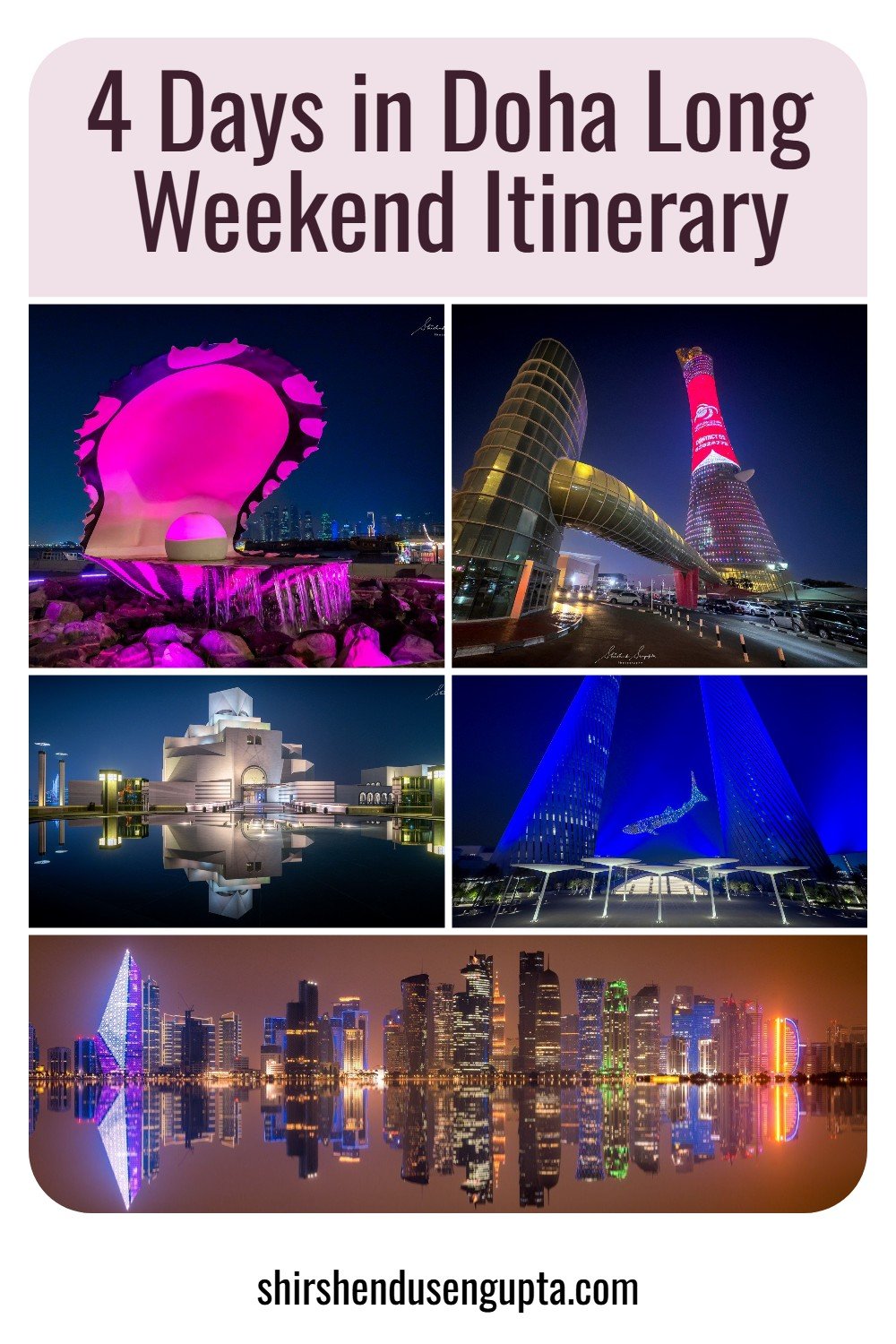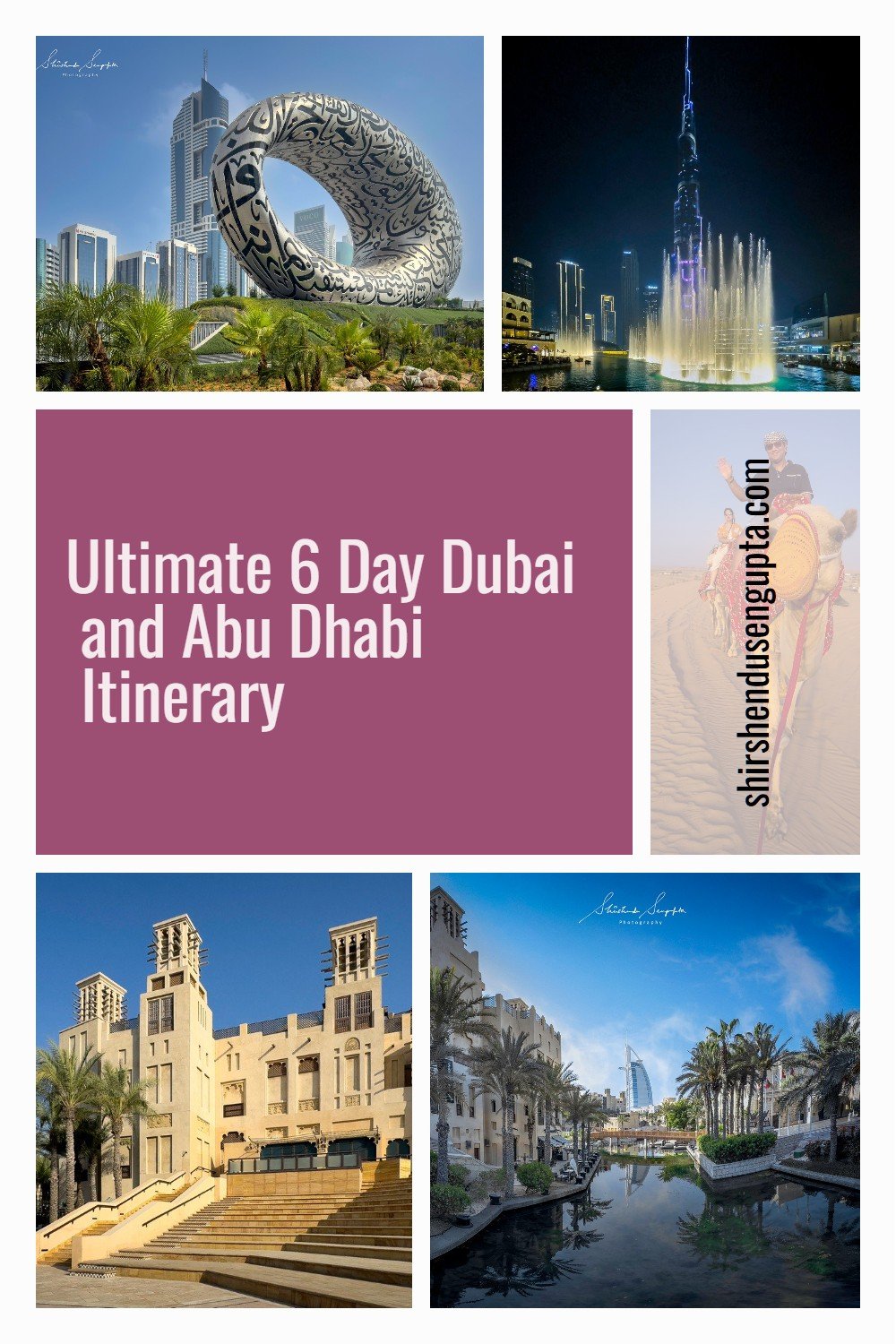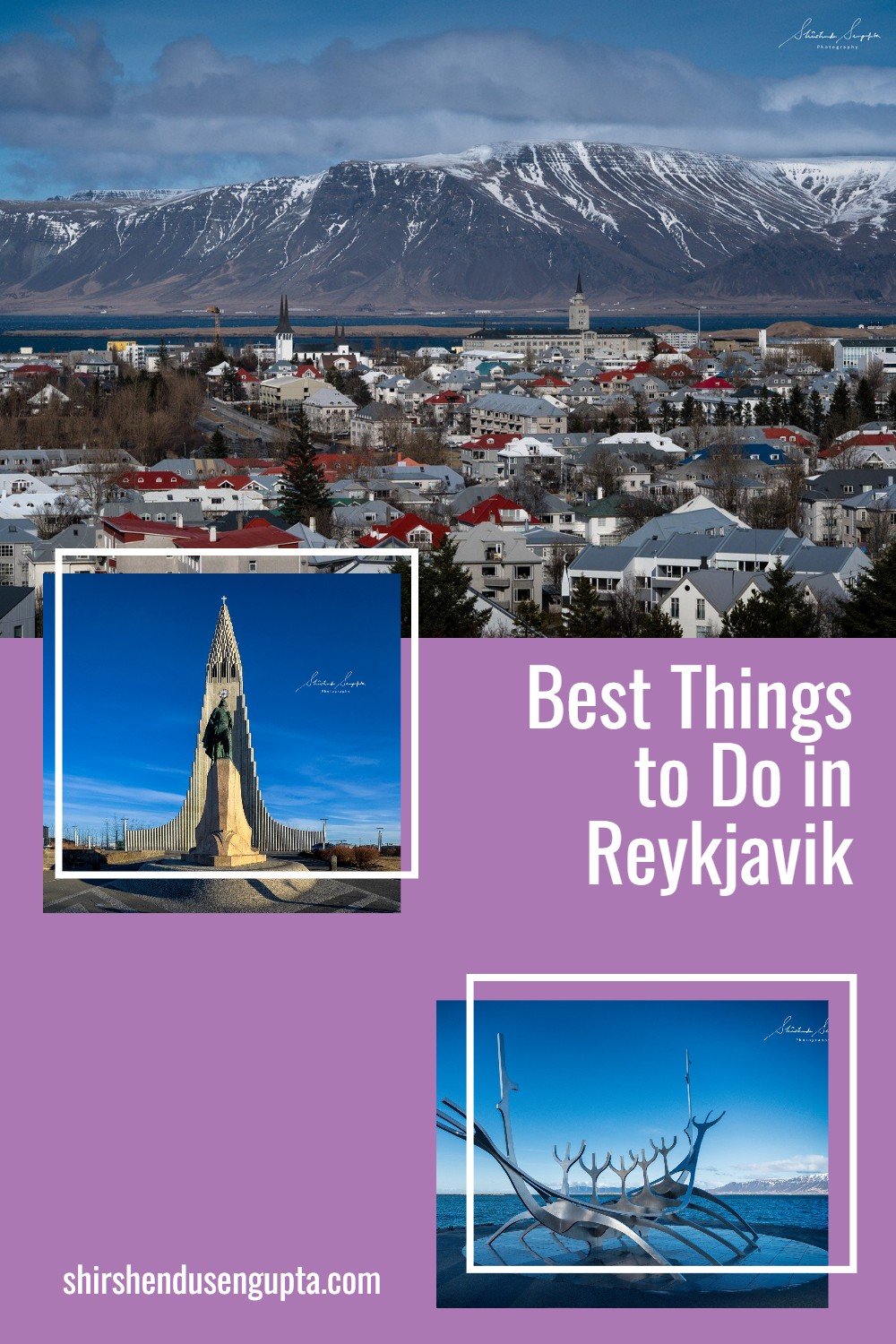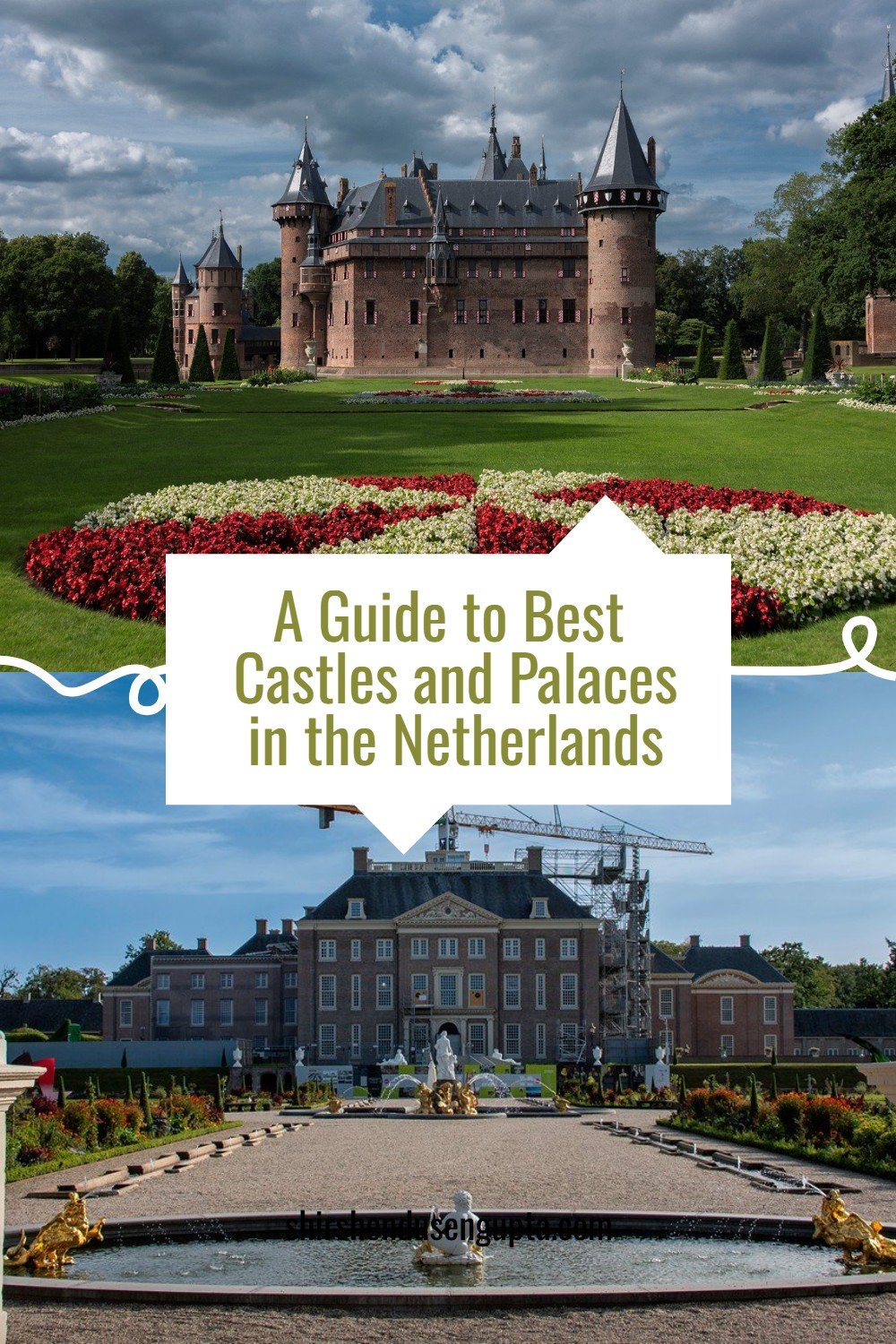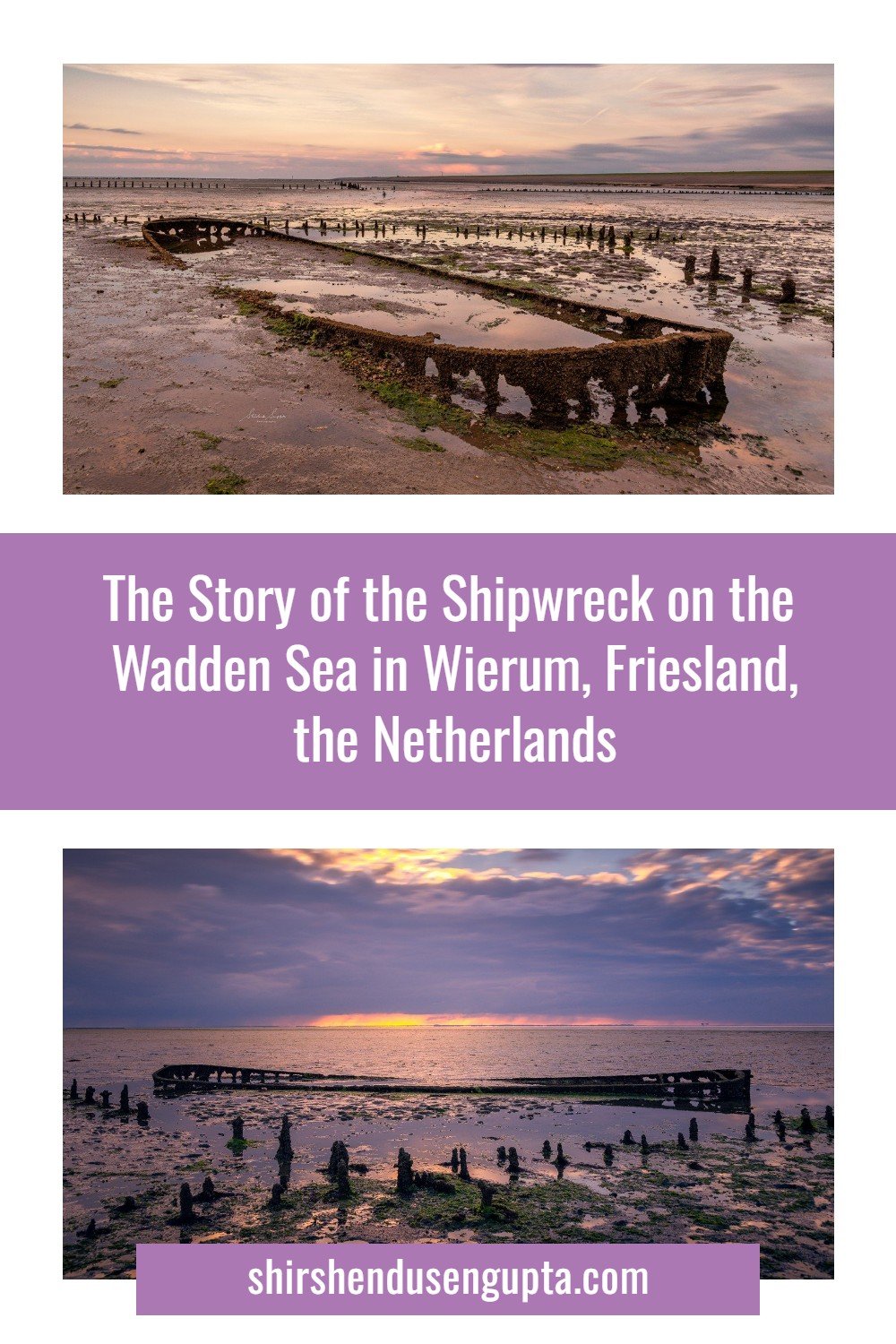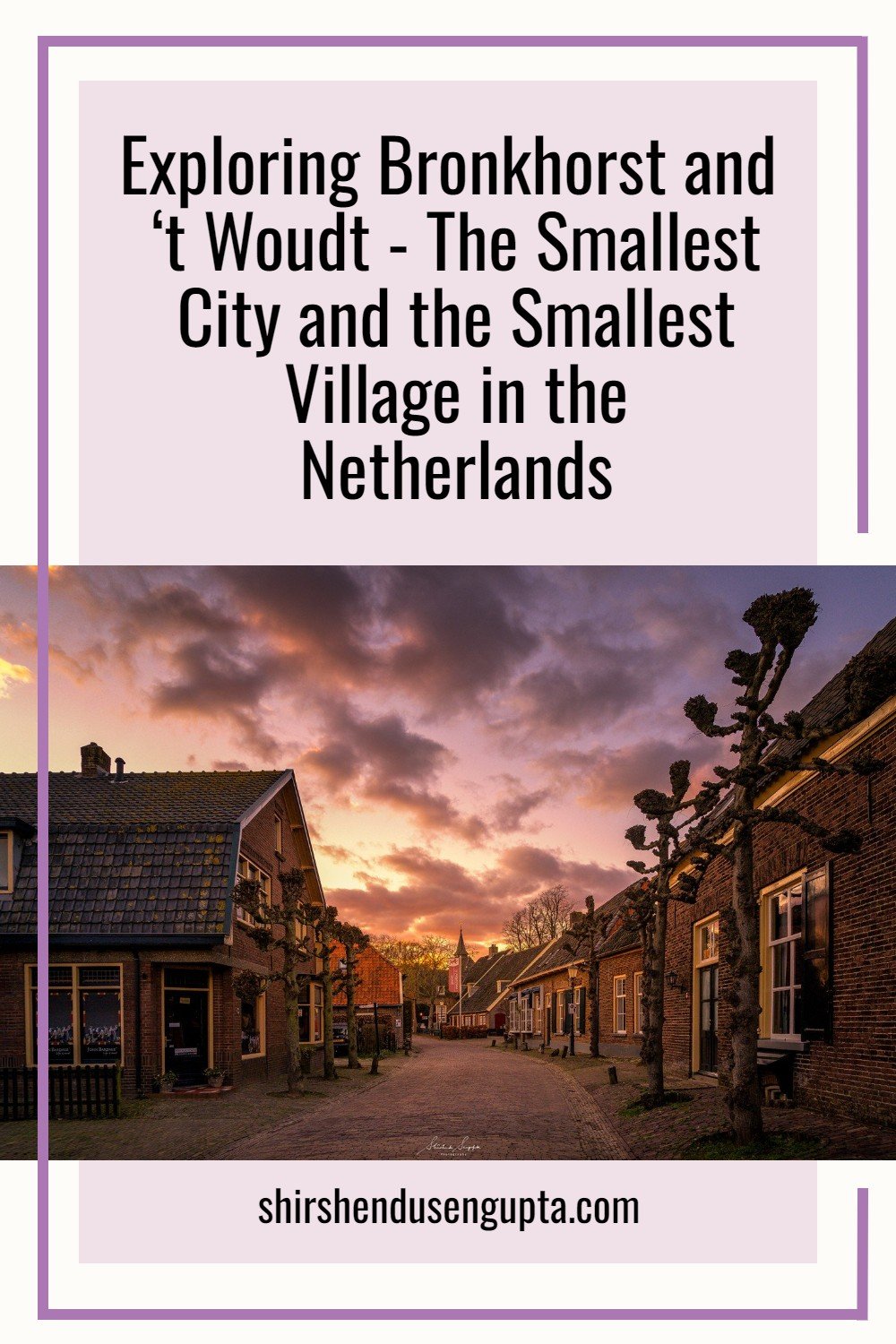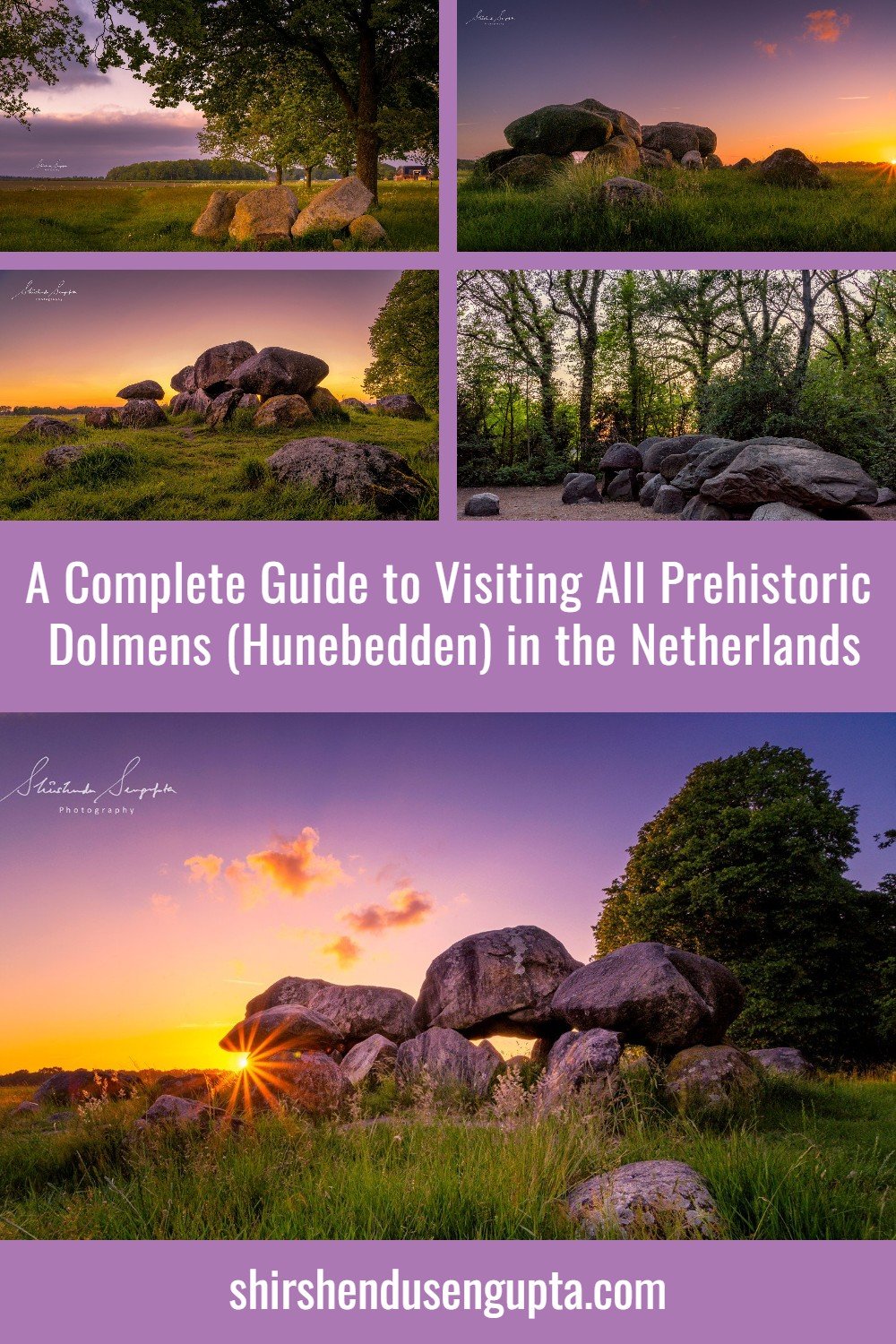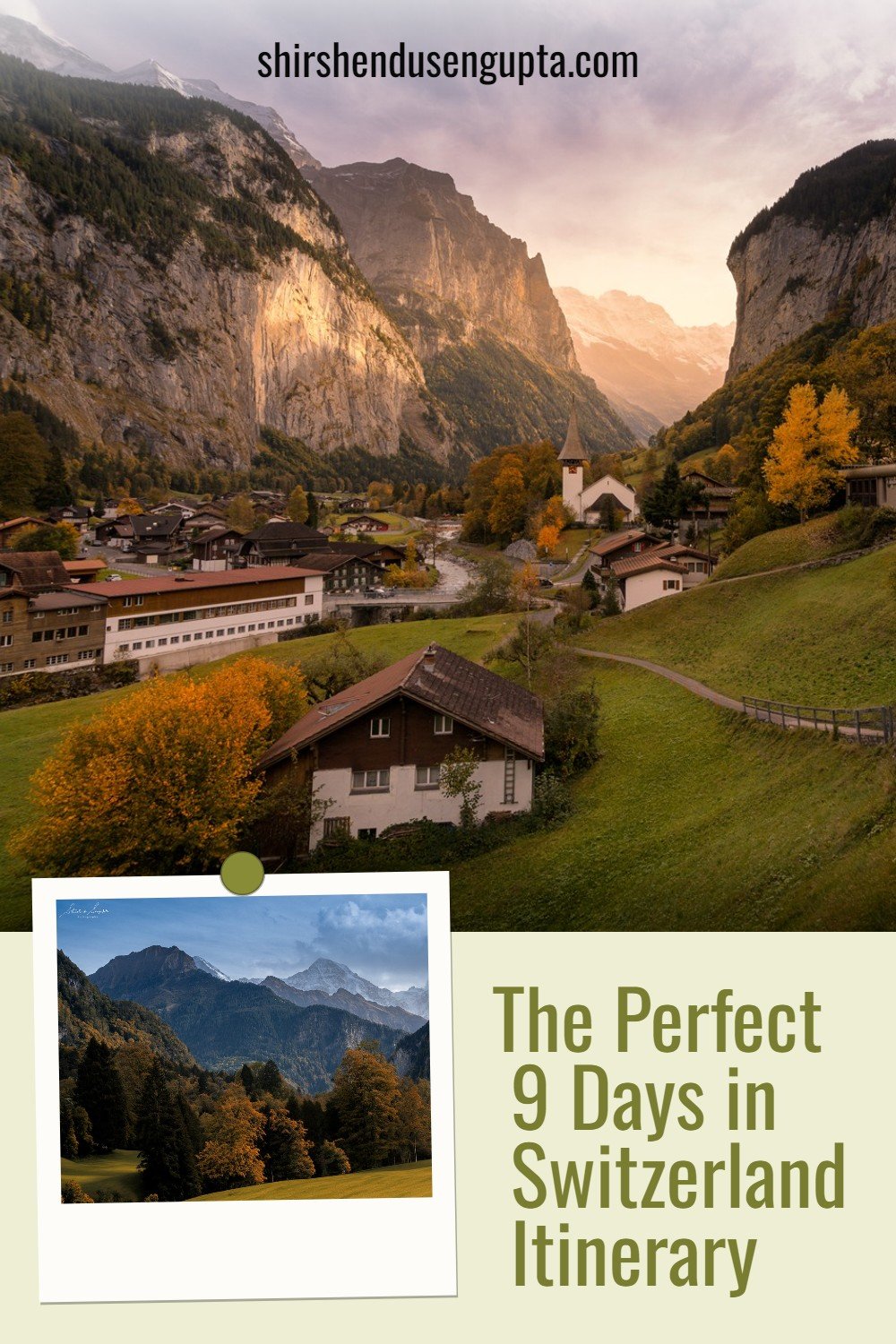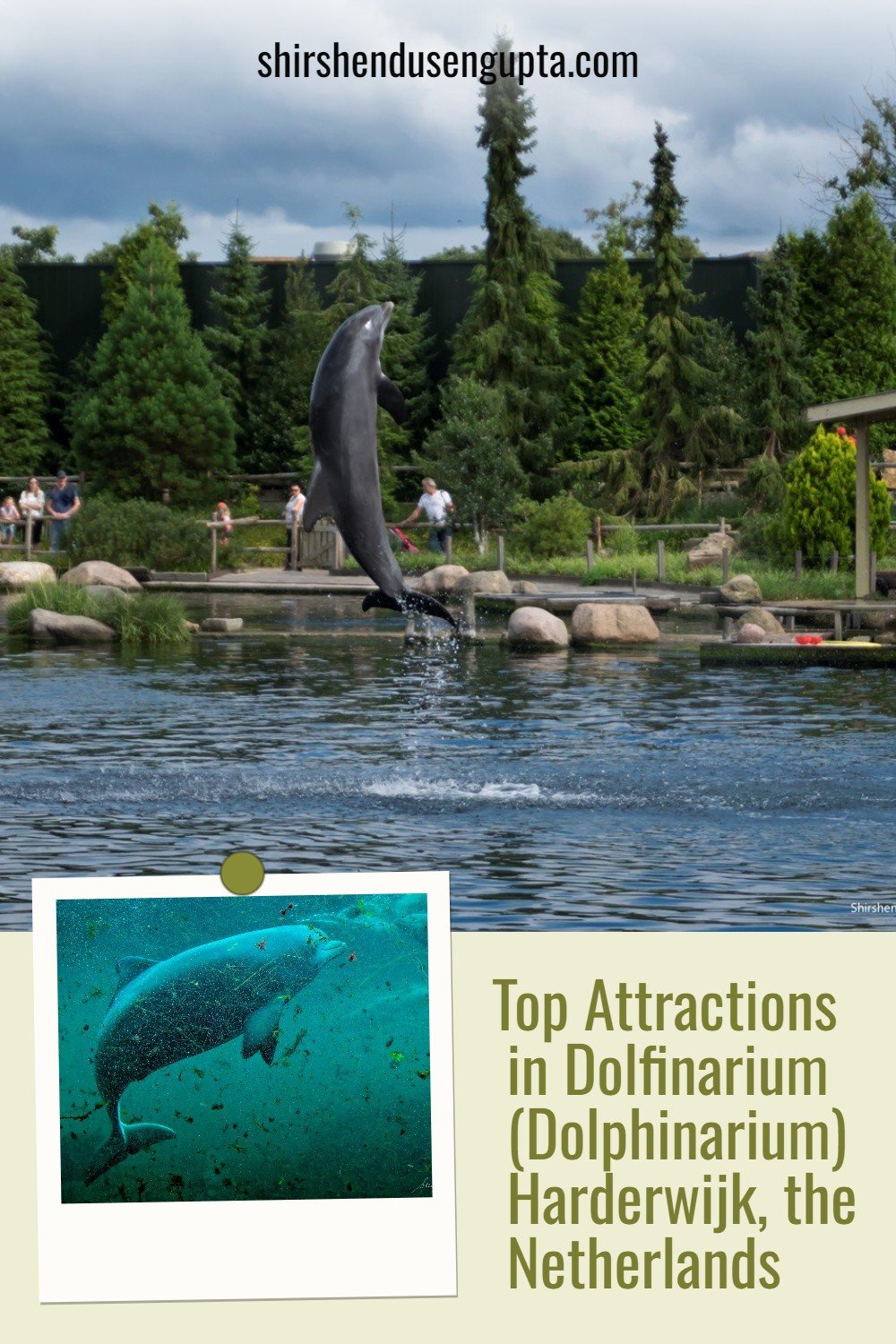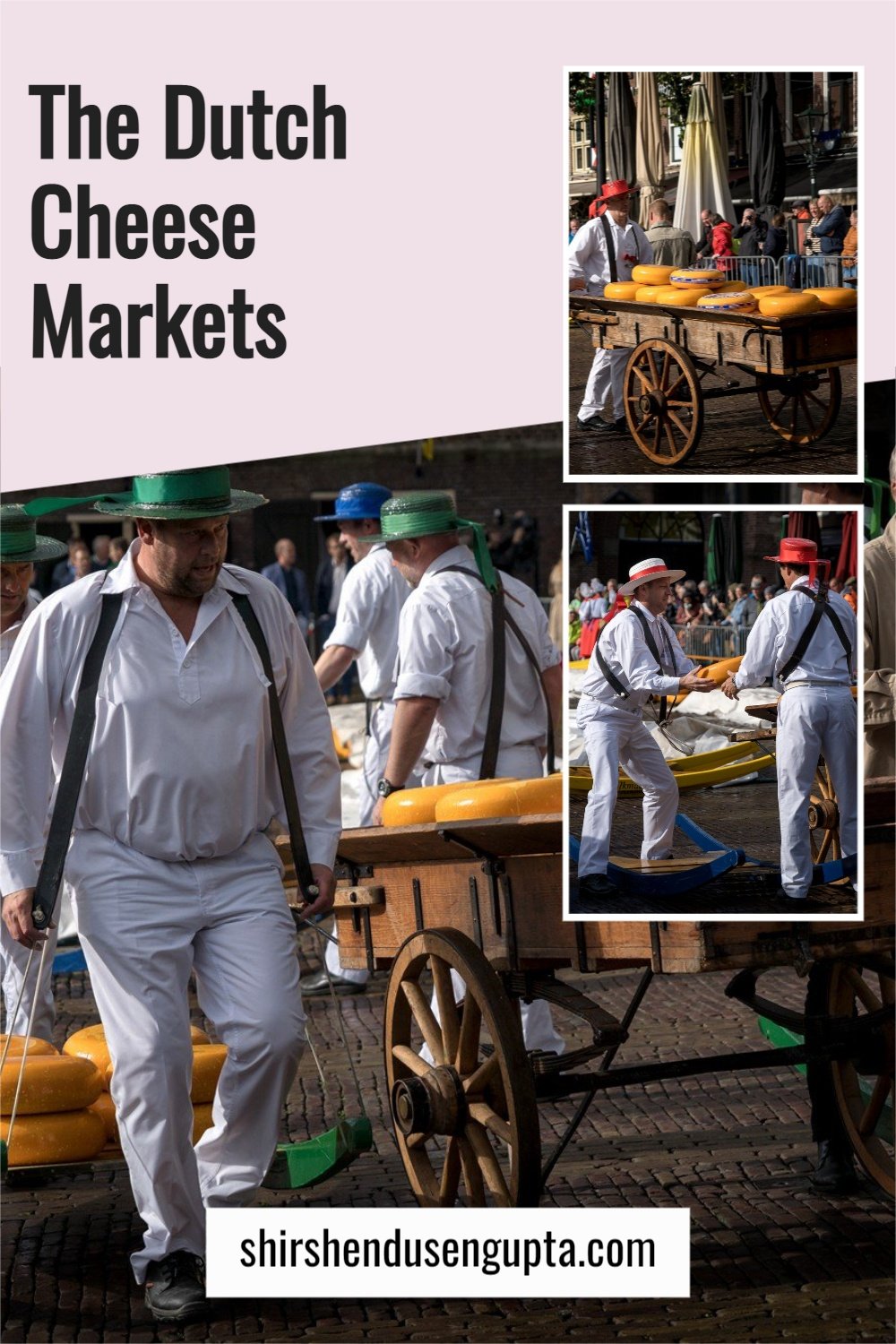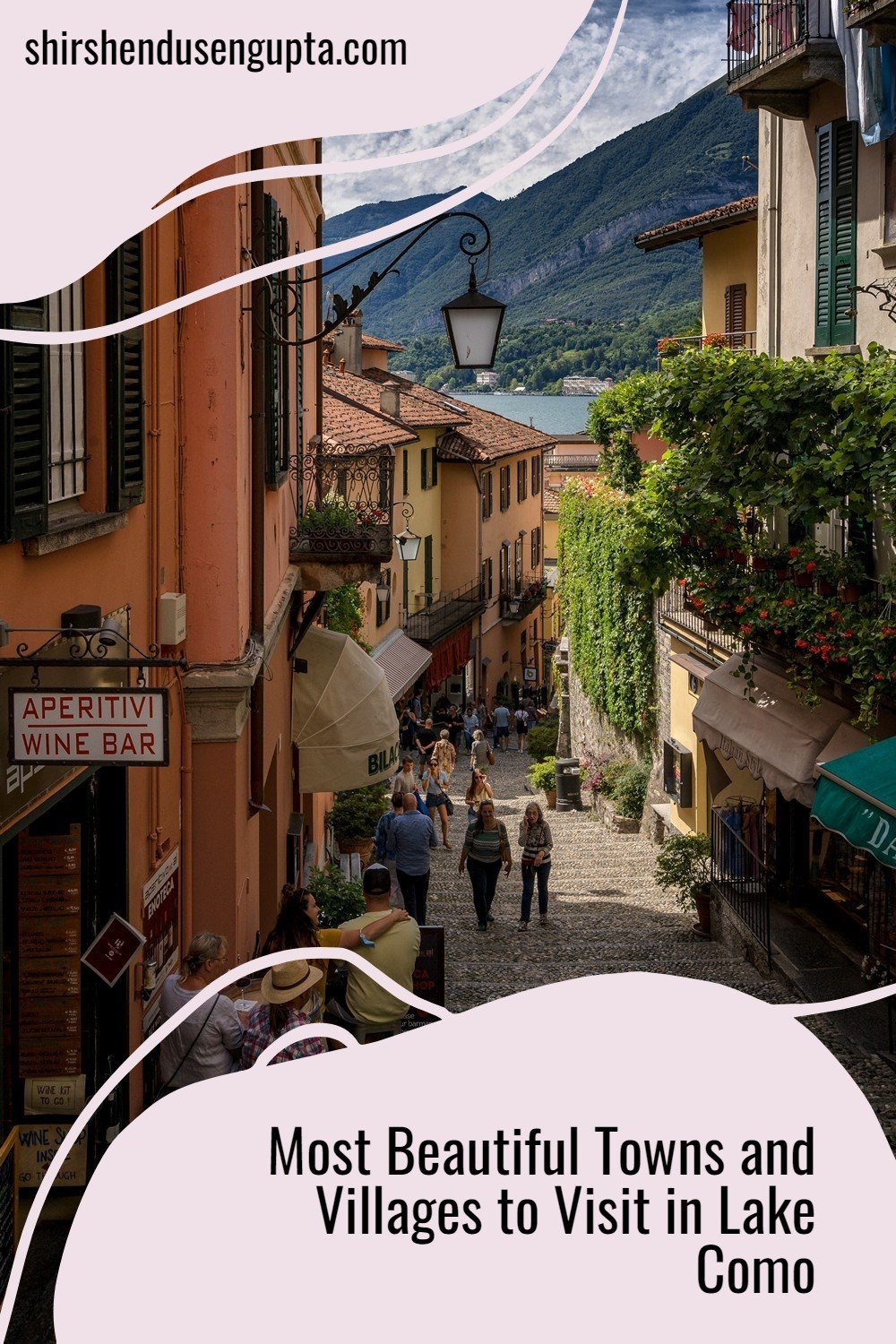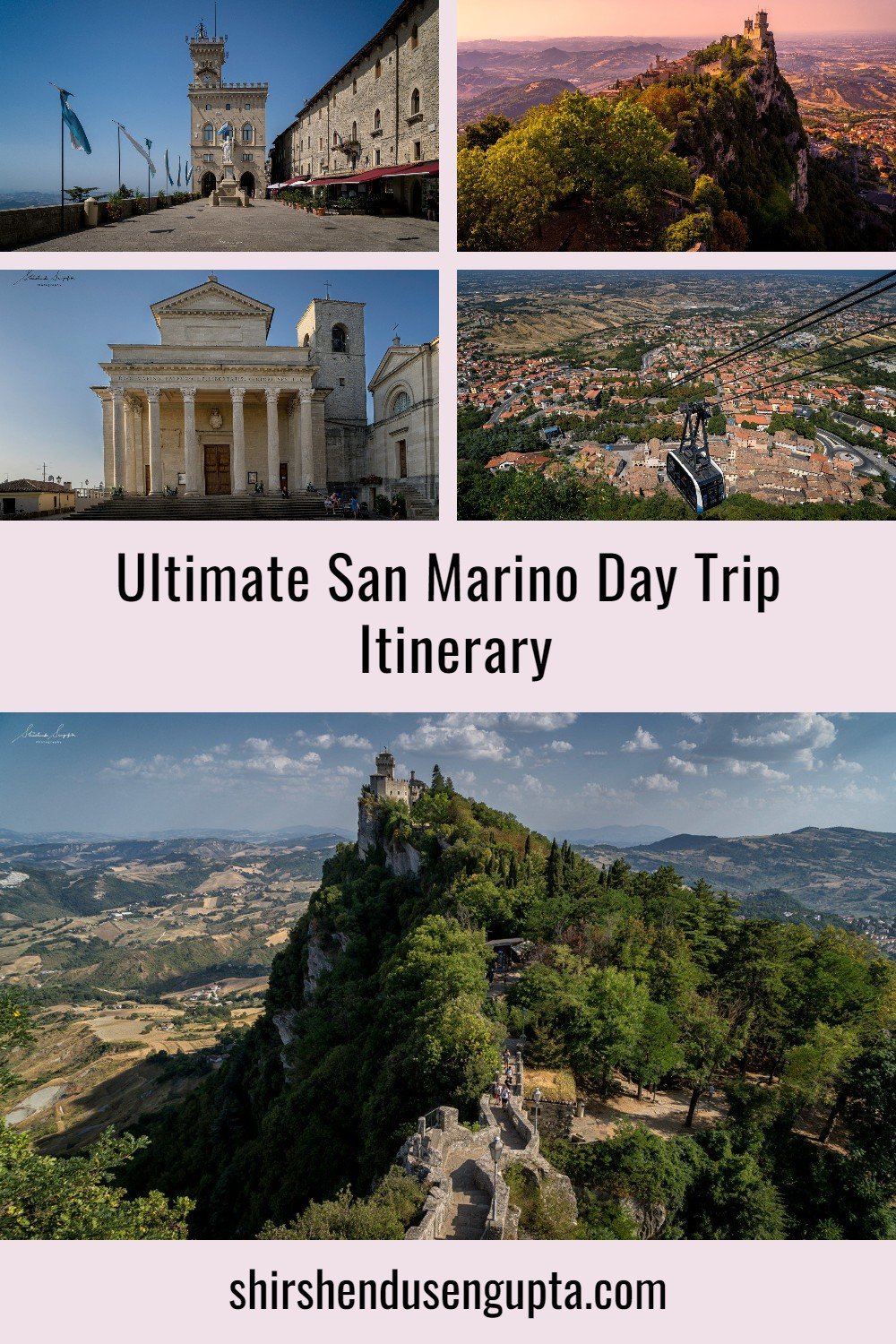Top 20 Things to See and Do in Barcelona | 20 Best Places to Visit in Barcelona | 20 Must See Tourist Attractions in Barcelona, Catalonia, Spain
Welcome to Catalonia
Catalonia is a historic autonomous region of Spain comprising the northeastern provinces of Girona, Barcelona, Tarragona, and Lleida in the shape of a triangle. Catalonia feels separate from the rest of Spain, with its own language, culture, and an incredible wealth of natural beauty, where Pyrenean peaks tower above meadows and shimmering lakes, plains are dotted with volcanic cones, rocky coves border sandy beaches, and wind-blown capes give way to quiet seaside pathways and fertile vineyards.
About Barcelona
Barcelona, Catalonia's dynamic capital, is a gorgeous seaside city known for its alluring cultural attractions, legendary architecture, world-class dining scene, and Mediterranean sunny lifestyle. Where colossal temple columns, historic city walls, and subterranean stone passages provide a peek into Roman-era Barcino, the Gothic quarter's gloomy streets, past peaceful plazas, and majestic 14th-century cathedrals transport you to the Middle Ages, and the mix of inventive and quirky wonders of Modernisme, by Gaudi and his Catalan architectural colleagues mesmerize you. Where a jog, a bike ride, or a long leisurely stroll along the seaside, followed by a refreshing dip, against a backdrop of sun-drenched beaches makes your day complete. Where flamenco's rapid-fire rhythms, brassy jazz spilling out of cellars, and hands-in-the-air indie-rock at old concert halls make your night. Today I’m going to take you along with me on a ride across the top 20 things to see and do in this beautiful city. Let the journey begin!
Top 20 Things to See and Do in Barcelona
1. Feel the passion of Gaudi at the monumental La Sagrada Familia
The Basilica i Temple Expiatori de la Sagrada Familia (Basilica and Expiatory Church of the Holy Family) is a famous Roman Catholic church in Barcelona, created by Antoni Gaudi (1852–1926), a genius Catalan Modernist architect. The church is still a UNESCO World Heritage Site, despite not being completed yet.
The construction of the Sagrada Familia began in 1882, and Gaudi took over the project in 1883, altering it with his architectural and engineering style, which combined Gothic and curvilinear Art Nouveau features. Gaudi devoted his final years to the project, and when he died in 1926 at the age of 73, less than a quarter of it had been completed. The construction of the Sagrada Familia took a long time because it relied on private donations and was delayed by the Spanish Civil War, only to resume intermittently in the 1950s. Construction reached its halfway point in 2010, with some of the project's most difficult obstacles still to be overcome and a projected completion date of 2026, the centennial of Gaudi's death.
Antoni Gaudi's all-consuming obsession was the Sagrada Famlia. Gaudi saw the completion of the temple, which had been commissioned by a conservative society as atonement for the city's sins of modernity, as his holy mission. As cash became scarce, he gave his own, and in his final years, he was never shy about begging anyone he believed might be a potential donor.
Architecture of La Sagrada Familia
According to Gaudi's original design, the Church was planned to have three grand façades depicting various scenes from Biblical narratives relevant to different stages of Christ's life: the Nativity façade to the East depicts events surrounding Christ's birth, the Passion façade to the West depicts Christ's Passion (crucifixion), and the Glory façade to the South (yet to be completed) will depict Christ's ascension to God. The Nativity Façade (visible in this image) was completed before the 1935 construction stoppage and displays the most direct Gaudi influence. The Passion façade was constructed after Gaudi's 1917 project was completed. The Glory façade, which began building in 2002 will be the largest and most monumental of the three. In terms of the spires, Gaudi's original design asks for a total of eighteen, representing the Twelve Apostles, the Virgin Mary, the four Evangelists, and, highest of all, Jesus Christ, in ascending order of height. As of today, eight spires have been constructed, representing four apostles on the Nativity façade and four apostles on the Passion façade. When the spires are completed, Sagrada Familia will be the world's highest church building.
Depiction of ‘Massacre of the Innocents’ on the Nativity Façade
The biblical account of infanticide by Herod the Great, the Roman appointed King of the Jews, is known as the ‘Massacre of the Innocents’. According to Matthew's Gospel, Herod ordered the execution of all young male children in the Bethlehem area in order to avoid losing his throne to a newborn Jewish King whose birth had been announced to him by the Magi, also known as the three 'Wise Men' or the three 'Kings' who had traveled 'from the east' to worship the 'King of the Jews.'
Depiction of ‘The Flight into Egypt’ on the Nativity Façade
The ‘Flight into Egypt’ is a historical incident narrated in Matthew's Gospel, in which Joseph, his wife Mary, and their infant son Jesus fled to Egypt after receiving news from the Magi that King Herod intended to kill the infants of the region.
Depiction of ‘The Nativity of Jesus,’ ‘Angles playing Zithers,’ ‘Adoration of the Magician Kings,’ and ‘Adoration of the Shepherds’ on the Nativity Façade
The Nativity Facade also depicts Christ's birth, ‘Angel playing Zithers’ on the occasion of the birth of Christ, the 'Adoration of the Magician Kings' or 'Adoration of the Magi,' in which the three Magi, represented as kings, especially in the West, find Jesus by following a star and lay gifts of gold, frankincense, and myrrh before him and worship him, and the 'Adoration of the Shepherds,' in which shepherds are near witnesses to Jesus' birth in Bethlehem.
Depiction of the ‘Kiss of Judas’ and the ‘Crucifixion of Christ’ on the Passion Façade
The Passion Façade, in contrast to the richly ornamented Nativity Façade, is austere, plain, and simple, with plenty of bare stone, and is carved with sharp straight lines to mimic skeletal bones. The façade was designed to depict man's sins and was dedicated to the Passion of Christ, Jesus' agony during his crucifixion. Its skeleton representations of Christ being scourged at the pillar and Christ on the Cross, as well as its sparse, gaunt, sorrowful features, are particularly striking.
According to the Synoptic Gospels, Judas used a kiss to identify Jesus to the soldiers. This is the ‘, often known as the Betrayal of Christ (particularly in art), which occurs in the Garden of Gethsemane after the Last Supper and leads to Jesus' arrest by the Sanhedrin's police force. The snake, a classic symbol of Evil or the Devil, is positioned behind Judas in this painting. There are 16 numbers in the cryptogram. "The aggregate of these, in any of 310 possible combinations, always equals 33, Christ's age at the time of his death."
The interiors of La Sagrada Familia
The layout of the church is in the shape of a Latin cross with five aisles. The center nave vaults are 45 meters long (150 feet), while the side nave vaults are 30 meters long (100 ft). Gaudi was inspired by nature and constructed the pillars to look like trees and branches. Along with the tainted glass windows and the monumental main altar that depicts Christ on the cross, hanging from the ceiling with an umbrella on top creates a one-of-a-kind ambiance that can only be experienced!
2. Experience Park Güell
The Park Güell is a public park system located atop Carmel Hill in Barcelona, consisting of gardens and architectural components built by Gaudi. With an estimated 4 million visits per year, 86 percent of which are tourists, it is considered one of the most stunning public parks in the world. It has been designated as a UNESCO World Heritage Site.
Count Eusebi Güell purchased a tree-covered hillside (then outside Barcelona) in 1900 and commissioned Gaudi to build a miniature city of residences for the wealthy on groomed grounds. The project was an economic failure, and it was abandoned in 1914, but not before Gaudi had built 3 kilometers of roads and paths, steps, a plaza, and two gatehouses in his trademark style. The estate was purchased by the city in 1922 for use as a public park.
El Drac
Gaudí's multicolored mosaic salamander, popularly known as ‘El Drac (the dragon), is placed at the main entrance, as restored after the vandalism of February 2007.
The Viaduct
As you start walking through Park Guell, you will pass through the ‘Viaduct,’ a colonnaded pathway where the road projects out from the hillside, with the vaulting forming a retaining wall that curves over to support the road, and transmits the load onto sloping columns.
Main Terrace of Park Guell
Once you reach the main terrace of Park Guell, you can get a panoramic postcard picture of Barcelona.
Banc de Trencadís (Serpentine Benches)
At the terrace of Park Guell, you can also find the ‘Banc de Trencadís’ (Seprpentine Benches). Despite the great size of the terrace, the serpentine bench's unusual design allows individuals to chat quietly. The bench is tiled, and Gaudi inserted little bumps to help it dry fast after rain and prevent people from sitting on the damp part of the bench.
Sala Hipóstila (Hall of a Hundred Columns)
‘Sala Hipóstila’ (Hall of a Hundred Columns), also known as the Doric Temple, is a forest of 88 stone columns, some of which lean like great trees bent by the weight of time, and was built as a market. To the left, curves a corridor with twisted stonework columns and a roof that resembles a cloister beneath tree roots – a pattern repeated throughout the park.
3. Get awestruck at the ‘Casa Mila’
Built in 1905–10 as a combination apartment and office complex, this undulating beast is another madcap Gaudi masterwork. It is best known as La Pedrera (The Stone Quarry) because of its uneven grey stone front, which ripples along the corner of Carrer de Provença. It was originally named Casa Milà after the merchant who commissioned it.
Pere Milà had married the older and wealthier Roser Guardiola, Josep Guardiola's affluent widow, and understood how to spend his new wife's money - Milà was one of the city's first vehicle owners, and Gaudi built parking space into this building, which was also a first. Gaudi intended to outdo himself when he was commissioned to create this apartment complex.
The terrace is the most remarkable feature, with gigantic chimney pots that resemble multicolored medieval knights similar to those sculpted at La Sagrada Familia's Passion Façade. Gaudi also wanted to erect a large statue of the Virgin Mary. Gaudi resigned from the project in anger after the Milà family said no, fearing that the building would become a target for anarchists.
4. Admire the ‘Casa Batllo’
This is Gaudi at his most psychedelic, one of Europe's oddest residential houses, erected for the affluent business family of the 'Batllo's. The front, which is studded with wave-shaped window frames and balconies and is strewn with bits of blue, mauve, and green tiles, rises to an uneven blue-tiled roof with a solitary tower. Casa Batlló is also known as the Casa dels Ossos (House of Bones) or Casa del Drac by locals (House of the Dragon). It's simple to understand why. The balconies resemble a bizarre beast's bony jaws, while the top has been compared to the back of a dragon or dinosaur.
5. Marvel at the colossal Sagrat Cor
At a breathtaking setting on the summit of Mount Tibidabo, the highest peak in Barcelona, Catalonia, Spain, stands tall the majestic Temple Expiatori del Sagrat Cor (Expiatory Church of the Sacred Heart of Jesus). Sagrat Cor, as referred to in short by the locals, is a Roman Catholic church designed by the Spanish Catalan architect Enric Sagnier. Construction started in 1902 and was finally completed by the architect’s son Josep Maria Sagnieri Vidal in 1961.
Sagrat Cor's architectural style can be regarded as a blend of modernista and neogothic. Many people compare it to the Sacre-Coeur Basilica in Paris or the Sacro Cuore di Gesu in Rome. The massive bronze figure of Jesus Christ, created by Josep Miret in 1950 to replace the previous one created by Frederic Marès in 1935 and destroyed the following year, recalls the famed Christ the Redeemer statue on the Corcovado mountain outside of Rio de Janeiro, Brazil. The ascent from the crypt, through the cathedral, and to the sculpture represents the human condition's rise and purification through sacrifice and atonement. The interior of Sagrat Cor is divided into a nave and two aisles with semicircular apses on the facades, as well as stained glass and four rose windows.
6. Enjoy a gala time at the Tibidabo Amusement Park
The Tibidabo Amusement Park, which is adjacent to Sagrat Cor, is located on the mountain's summit. The amusement park, which is around 7 hectares in size, was created by entrepreneur Salvador Andreu and was opened in 1899. The park is one of the world's oldest that is still operational. The majority of the original rides, some dating back to the turn of the century, are still operational. Vicky Cristina Barcelona, a Woody Allen film, featured the park.
7. Take a stroll around the Plaça d'Espanya
The whirling roundabout of Plaça d'Espanya, also known as Plaza de Espana in Spanish, is one of Barcelona's most important squares, distinguished by its so-called Venetian towers (which are vaguely reminiscent of the bell tower in Venice's St Mark's Square), and is the junction of several major thoroughfares. It was built on the occasion of the 1929 World Exhibition, held at the foot of Montjuic (Jew Mountain), and is one of the city
8. Get amazed by the Palau Nacional
On the hills of Montjuic, the Palau Nacional (National Palace) can be seen from all across the city, with its bombastic neo-baroque silhouette. It houses the Museu Nacional d'Art de Catalunya (National Art Museum of Catalonia), abbreviated as MNAC, which houses a vast collection of predominantly Catalan art spanning the early Middle Ages to the early twentieth century. It was built for the 1929 World Exhibition and rebuilt in 2005. The collection of outstanding Romanesque frescoes is the highlight. This structure has become one of the city's most prominent emblems of the region's distinct, Catalan identity, but the fact that it was built during Miguel Primo de Rivera's centralist dictatorship adds a touch of irony.
The 32,000 m2 Spanish Renaissance-inspired building has a rectangular floor plan bordered by two side and one rear square portions, with an elliptical dome in the center, and is unified with an air of academic classicism. Carles Buigas designed the fountains that surround the palace's stairwells.
9. Visit the Barcelona Olympic Stadium, Olympic Park, and the Montjuïc Communications Tower
The Estadi Olimpic Lluis Companies (formerly known as the Estadi Olimpic de Montjuic or Barcelona Olympic Stadium) is a stadium in Barcelona that was built in 1927 for the 1929 International Exposition (and Barcelona's bid for the 1936 Summer Olympics, which were awarded to Berlin). It was renovated in 1989 to serve as the main stadium for the 1992 Summer Olympics. The stadium is located on Montjuic and has a capacity of 54,000 (67,007 during the 1992 Olympics).
The Montjuic Communications Tower, also known as Torre Calatrava and Torre Telefónica, is a telecommunications tower in Montjuic. The tower was designed by Santiago Calatrava and began building in 1989 and was finished in 1992. Telefónica built the white tower to broadcast television coverage of the 1992 Summer Olympics in Barcelona. The 136 m (446 ft) tower portrays an athlete bearing the Olympic Flame and is placed in the Olympic Park. Because of its orientation, the tower also functions as a gigantic sundial, with the Europa square indicating the hour.
10. Pass by the Agbar Tower
Jean Nouvel's dazzling Torre Agbar, Barcelona's own cucumber-shaped tower, is one of the most daring additions to the city's skyline since the first towers of La Sagrada Familia went up. It was completed in 2005 and shimmers in midnight blue and lipstick red at night. The Hyatt group was in talks to buy the building and turn it into a premium hotel at the time of publishing. The building is owned by the international corporation Agbar, which has its corporate offices there and occupies the majority of the floors, with the remaining levels rented out. The building's nocturnal illumination is one of its most distinguishing features. The tower features over 4,500 illuminating gadgets that may work independently and generate visuals on the outside of the tower utilizing LED technology. Thanks to a complex hardware and software framework, the device can produce 16 million colors. It has the ability to fast shift between colors, creating an unexpected impact.
From the beginning, the Agbar Tower had been an architectural landmark of Barcelona and one of its most famous structures. However, it was not without criticism from locals and professionals who said that its features did not fit with Barcelona's architecture. It has become one of the icons that most people associate with Catalonia's capital, as well as a tourist attraction.
11. Walk through the Arc de Triomf
The Arc de Triomf is a memorial or triumphal arch that stands in Barcelona. Josep Vilasecai Casanovas designed it as the main entrance gate for the 1888 Barcelona World Fair. The main exhibition entrance, the Arc de Triomf, was designed by Josep Vilaseca in unusual Islamic reddish brickwork in the Neo-Mudéjar style, which is a type of Moorish Revival architecture that was adopted by European and American architects in the wake of the Romanticist fascination with all things oriental. After the mid-nineteenth century, this style rose to prominence as part of a growing vocabulary of articulated decorative adornment derived from historical sources other than the classical and Gothic traditions.
12. Visit Parc de la Ciutadella and the Cascada Monumental
The magnificent Cascada (waterfall) is located near the Passeig de Pujades entrance to Parc de la Ciutadella (Barcelona's Central Park). It is a spectacular blend of statuary, rough rocks, vegetation, and thunderous water that was created between 1875 and 1881 by Josep Fontserè with the support of an eager young Gaud, who at the time was still an unknown student of architecture. Everything was well staged.
Cascada Monumental was first inaugurated in 1881 without sculptures or any meticulous details and was subsequently criticized by the press, after which this triumphal arch was thoroughly amended by the addition of a fountain and some minor attributes, which took six years to construct from 1882 to 1888, and was then put on display at the Universal Exhibition, and has not been redesigned since. Fontsére wanted it to resemble the Trevi Fountain in Rome as closely as possible.
Two massive pincers of gigantic crabs act as stairs leading to a small podium in the monument's center. A sculpture of Venus standing on an open clam (created by Venanci Vallmitjana) was erected in front of it. A sculpture of Aurora riding in her chariot (created by Fontseré) was put on top of the arch.
Winged Dragons of Gaudi
Josep Fontsère designed the park, and Antoni Gaudi, a young and unknown architect at the time, assisted him with the design of the 'Cascada' waterfall. The fountain near the lake is where Gaudi immortalized himself. Winged dragons protect the water basin in front of the fountain, a figure that appears frequently in his paintings.
Quadriga de l'Aurora (Chariot of Aurora)
La Ciudadela Park's waterfall is crowned by this artwork. Rossend Nobas created the sculpture in 1888 from golden cast iron, with a design by Fontseré. The gold leaf that covered the figures when it was restored in 2009 has now returned. The appearance has been hidden for many years.
13. Visit the Barcelona Cathedral
The Gothic cathedral and seat of the Archbishop of Barcelona is the Catedral de la Santa Cruz y Santa Eulalia (Cathedral of the Holy Cross and Saint Eulalia), popularly known as Barcelona Cathedral. The church is dedicated to Eulalia of Barcelona, Barcelona's co-patron saint, a young virgin martyred during Roman times in the city, according to Catholic legend. According to one version, she was found naked in the public square and a miraculous snowfall in mid-spring covered her nudity. Enraged Romans stuffed her into a barrel with knives stuck into it and rolled it along a street (which is now known as Baixada de Santa Eulàlia, according to folklore). In the crypt of the church, Saint Eulalia's body is entombed.
14. Visit the Columbus Monument
The Columbus Monument (Mirador de Colom) stands 60 meters (197 feet) tall at the bottom of La Rambla street in Barcelona. It was built in celebration of Columbus' first voyage to the Americas for the Exposición Universal de Barcelona (1888). The monument serves as a reminder that following his first expedition to the new continent, Christopher Columbus reported to Queen Isabella I and King Ferdinand V in Barcelona. After his expedition in 1492, Columbus purportedly gave the thrilled Catholic kings of Barcelona a report of his initial discoveries in the Americas. Columbus was widely regarded as one of Barcelona's most illustrious sons in the nineteenth century. That assertion is still made by certain historians.
Columbus, perched high above the traffic on the roundabout below, keeps constant watch, pointing vaguely out to the Mediterranean. The monument, which was built for the Universal Exhibition in 1888, permits you to ride a lift up 60 meters for panoramic views back over La Rambla and across Barcelona's ports.
15. Hang out at La Rambla
With cultural centers, theaters, and aesthetically interesting buildings running both sides, Barcelona's most famous boulevard is both a tourist attraction and a window into Catalan culture. The heart of La Rambla is a spacious pedestrian street set between restricted traffic lanes and surrounded by plane trees, packed every day till the early hours with a diverse cross section of society. With souvenir hawkers, buskers, pavement artists, mimes, and living sculptures all part of the ever-changing street scene, a stroll here is total sensory overload. But beware: this is Barcelona's most notorious pickpocketing location.
16. Take a leisurely stroll through the Gothic Quarter
The Gothic Quarter (El Barri Gotic) is the heart of Barcelona's old city. It runs from La Rambla to Via Laietana, and from the Mediterranean to Ronda de Sant Pere. It's located in the Ciutat Vella district. Many of the structures date from Medieval periods, some as far back as the Roman town of Barcelona, despite various alterations in the 19th and early 20th centuries. The Barri Gotic maintains its convoluted street layout, with several little streets leading to squares. The majority of the quarter is closed to regular traffic, but service vehicles and taxis have access. However, keep in mind that the Gothic Quarter is one of Barcelona's two most prominent pickpocketing sites, the other being La Rambla.
17. Take a selfie with La Gamba
The prawn (La Gamba) is a 7-meter-long sculpture that used to be on the roof of Restaurante Gambrinus, whose interior design was done by Mariscal and Fernando Arribas. Xavier Mariscal, the artist behind the monument, is best known for inventing Cobi, the mascot for the 1992 Olympic Games in Barcelona.
The iron carcass of La Gamba is wrapped in fiberglass and painted in a copper color with a shoe polish patina. The monument was part of a collection of five kiosks that were destroyed by a pickaxe at the Moll de la Fusta. Only the massive prawn, which had a celebratory feel to it, was preserved and restored in its original location, becoming another of Barcelona's trademarks.
18. Visit the Port of Barcelona
The Port of Barcelona is Catalonia's largest port, tied with Tarragona, with a 2000-year history and significant present commercial importance as one of Europe's main Mediterranean ports. It is also Spain's third and Europe's ninth largest container port.
19. Hit the beach at La Barceloneta
La Barceloneta is a neighborhood in Barcelona's Ciutat Vella district best known for its sandy beach with views of the city skyline (which appeared in Don Quixote, book 2) and its many restaurants and nightclubs along the Passeig Maritim de la Barceloneta, a 1.25km promenade that runs from La Barceloneta to Port Olimpic and is a popular destination for strollers and rollerbladers.
Homenatge a la Barceloneta
The German artist Rebecca Horn's "Homenatge a la Barceloneta" monument, sculpted in the shape of a leaning tower, is one of the sights on Barceloneta's beach.
20. Take a pilgrimage to the Abbey of Montserrat
Montserrat, literally meaning “serrated mountain” or "saw mountain" in Catalan, is a stunning 1,236 m high mountain, 50 kilometers northwest of Barcelona. The mountain gets its name from the curiously rounded rock pillar formations that appear to have been sawed and sculpted by wind and rain over thousands of years. Pink conglomerate, a sedimentary rock, is the main constituent of the mountain. Cradled at 725 m on its slopes, is Santa Maria de Montserrat, the historic mountain top Benedictine monastery that houses the statue of the Virgin of Montserrat, one of Europe's rare Black Madonnas. It is one of Catalonia's most important shrines, as well as one of the most prominent Catholic pilgrimages in the world, making Montserrat the most popular day trip from Barcelona.
To know more about the Montserrat Monastery and how to visit it, please read our article Complete Guide to Visiting Montserrat Monastery, Spain | Day Trip from Barcelona to Montserrat Monastery | Everything You Need to Know to Visit Montserrat Monastery from Barcelona.
Visiting Barcelona
Best Time to Visit: Spring (April through June) and fall (September through November) are the ideal seasons to visit Barcelona because of the nice weather and fewer crowds. The mild temperatures during these months make them perfect for visiting the city's beaches and outdoor attractions. We traveled during July and it was tremendously hot and very crowded.
Number of Days to Stay: The ideal length of stay for Barcelona is four to five days in order to completely take in the city's stunning architecture, rich cultural history, and lively atmosphere. This gives you time to visit famous sites and museums and taste the regional food.
Best Place to Stay: Popular areas of Barcelona for lodging are El Raval, El Born, and Barri Gòtic (Gothic Quarter). These neighborhoods combine vibrant streets with historic elegance, and because of their convenient location, they are close to many important sites. Another great neighborhood in Eixample is recognized for its Modernist buildings, which include the well-known Sagrada Família. We stayed near Eixample.
Best Way to Arrive: You can take an Aerobús, an airport shuttle, or a cab from the airport to go to the city center. Barcelona is also conveniently reachable from several European cities by train and bus. We flew into Barcelona from the Netherlands, spent four days in Barcelona (including a day trip to Montserrat), and then flew back from Barcelona to the Netherlands.
Best Local Mode of Conveyance: Barcelona's metro and bus systems are among the city's effective public transportation options. When it comes to getting around the city swiftly, the metro is quite useful. In Barcelona, ridesharing services are available and taxis are easily accessible which we used a lot. If you want to save money on a variety of activities and have unrestricted access to public transit, think about getting the Barcelona Card. Especially in the old neighborhoods, walking is a fantastic way to see the city. Riding a bicycle is another well-liked mode of transportation. The city's thoughtfully planned urban layout facilitates tourists' enjoyment of its varied offers and ease of navigation.
Epilogue
So that brings us to the end of our journey across the top 20 things to see and do in Barcelona. Please let us know in the comments below if you enjoyed reading this article. And until we meet next time, I wish you merry traveling and happy shooting!
Pin the article
Bookmark the article for reading later!
Want to license/buy photos in the article?
License photos for commercial/editorial use or buy photo prints!
Want us to write an article for you?
Articles for magazines, newspapers, and websites!
Watch our Videos
Check out our videos on our Youtube Channel!
Join the Newsletter
Get updates on our latest articles!
We respect your privacy. Read our policy here.

